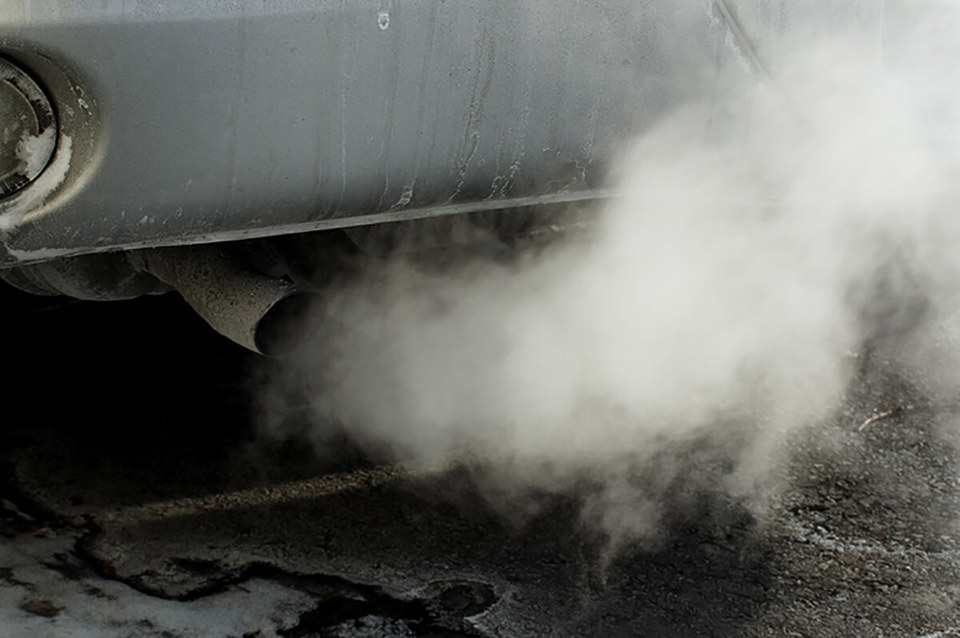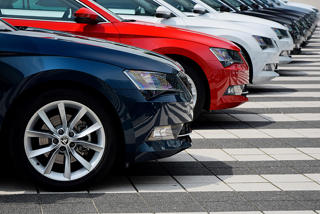The challenges in understanding the complexities of the new emissions testing regime will inevitably mean a period of uncertainty for fleet decision-makers, not helped by a lack of support from leasing companies.
As a result, some businesses have decided to prevent drivers from ordering new vehicles until they have a clear picture of the new figures from all of the manufacturers.
Summary of discussion points:
- In the same way manufacturers responded to the diesel controversy, they will find a way to help manage the change brought about by the introduction of the Worldwide Harmonised Light Vehicle Test Procedure (WLTP).
- One fleet manager who has prevented drivers from ordering cars until October said: “We are waiting for manufacturers to get their act together and what the changes entail.”
- Some fleet managers have given their drivers the option to cancel their order by an agreed date.
- Fleet managers have chosen not to communicate to drivers en masse, instead they are having discussions as and when vehicles come up for renewal. However, they are struggling to understand the changes themselves. “One day I think I understand. The next day I think ‘do I really understand?’ It’s painful. How do I communicate to drivers? I can’t tell them what is going to happen. I feel stuck at the minute.”
- With CO2 figures of cars typically 10% higher under NEDC-correlated values, fleet managers are having to relax their CO2 caps but are uncomfortable doing so. “I feel hypocritical raising CO2 caps,” one fleet manager said.
- CO2 caps will increase, at least in the short term, and fleet are putting some current orders on hold, or limiting new orders.
- The new regime is also causing havoc for incentives schemes. One fleet manager who incentivises drivers to choose a vehicle below a certain CO2 level described it as a “massive headache”.
- Some companies are offering drivers two-year leases rather than traditional three or four-year leases to give drivers more flexibility.
- Several companies have seen an increase in company car drivers opting to take a cash allowance instead, although this is not wholly caused by WLTP. This is not something they are happy about because “we lose control”.
- Fleet managers would like more support from leasing companies. In particular they criticised leasing companies for being unwilling to relax early termination rules.
- Reallocating vehicles is also a concern for fleets.
- Fleet managers are considering changing their manufacturer line up, dependent on the published CO2 figures.
- There will be some move to cash allowance, but the extent of this is not clear, as it involves individual calculations and sign off from line-managers that it is fit for purpose.
- In some cases the manufacturers have covered the difference in cost on current orders if there is a significant change in fuel emission figure.
- Production and availability of models from manufacturers is limited, with some engines and models withdrawn from sale until they are tested and there is no clear information if they will not be available again or they will come back in some “reincarnated” form.
- The high level of uncertainty has led to variations in the level of communication to drivers, with some fleets not having delivered any formal information to their drivers yet. As the changes have not been high profile in the national press, it often comes as a surprise to those about to renew their company cars.
- Fleets are often relying on their leasing company to keep drivers informed, but information from them is also non-specific, just that things are changing, or there is a new testing regime that may financially affect the drivers and they are there to help.
- There is frustration and disappointment from drivers coming up for renewal as their orders are put on hold or are asked to extend their current leases. Some drivers are being encouraged to take stock cars, with it presented as an option or opportunity.
- Fleet operators anticipate that there could be mass orders after September 2018 and with it, longer lead times.
- They are waiting for more detailed information from manufactures but choice lists may change and are likely to be more limited with manufacturers reducing options on vehicles and possibly offering packs as it will be difficult to test every car combination.
- Fleets are exploring how flexible they can be to accommodate the revised CO2 levels within their allowance bands, but do not see that this will be straightforward, especially where they have rigid policies.
> READ MORE: What is WLTP and RDE?























Login to comment
Comments
No comments have been made yet.